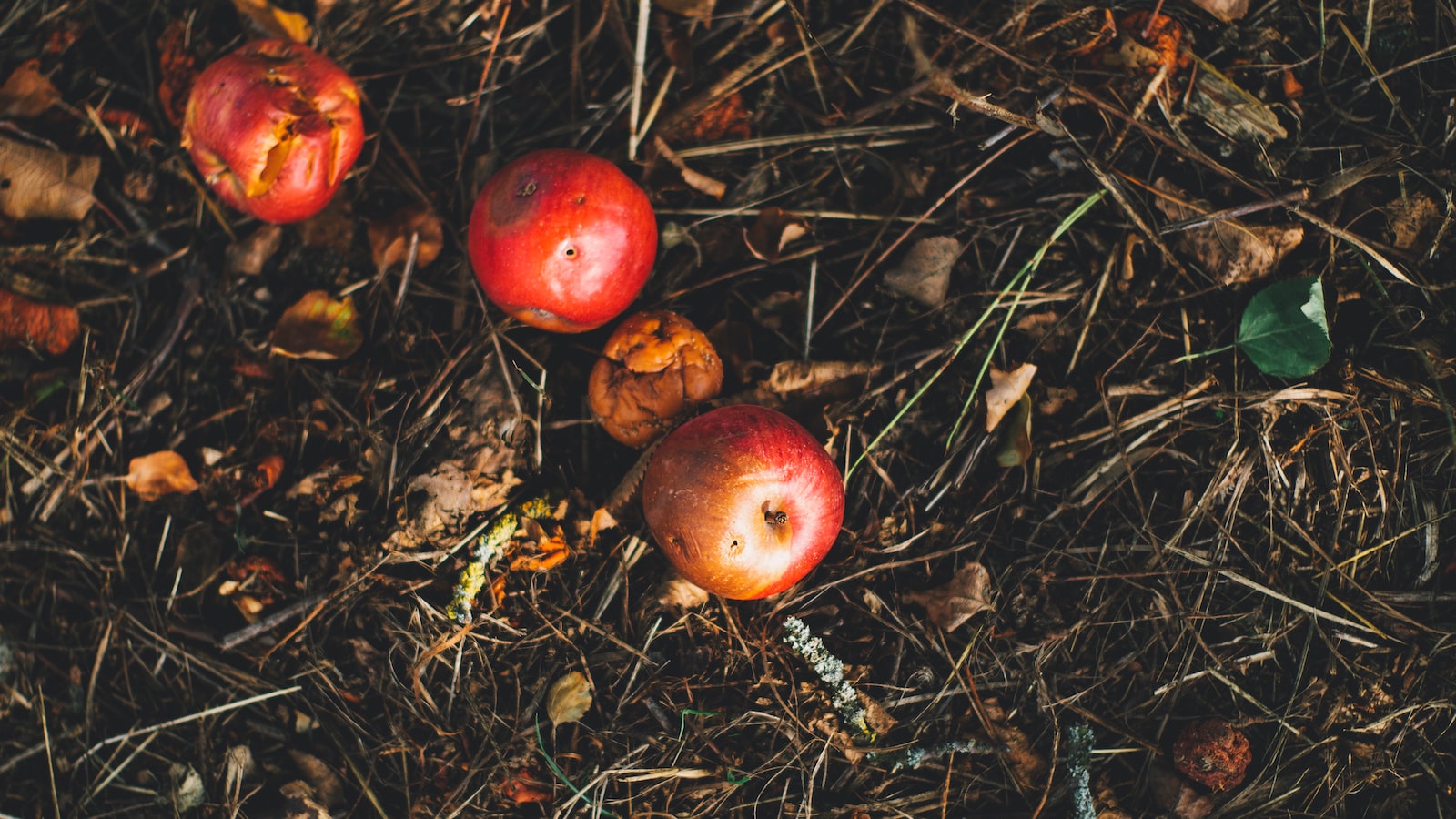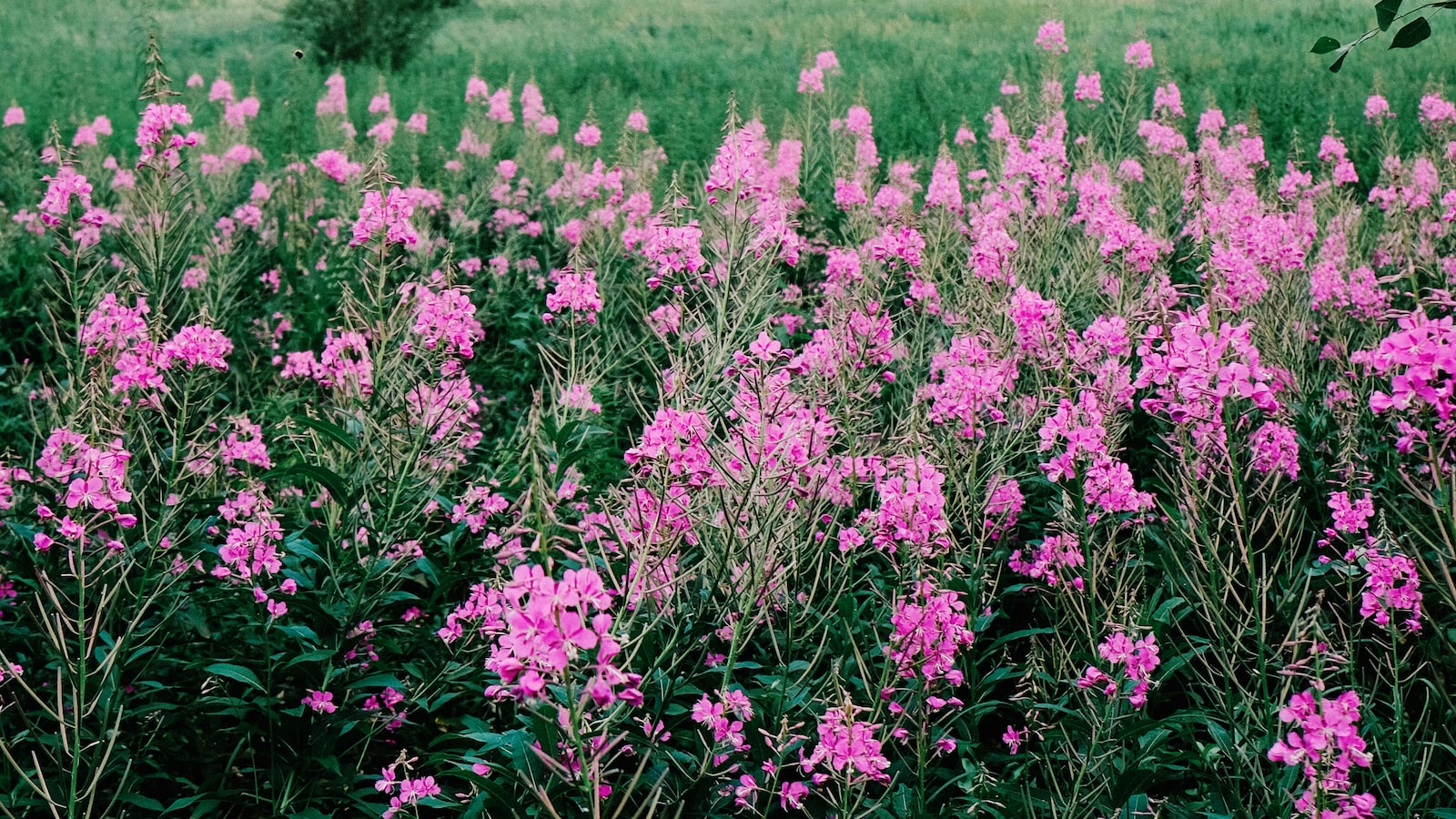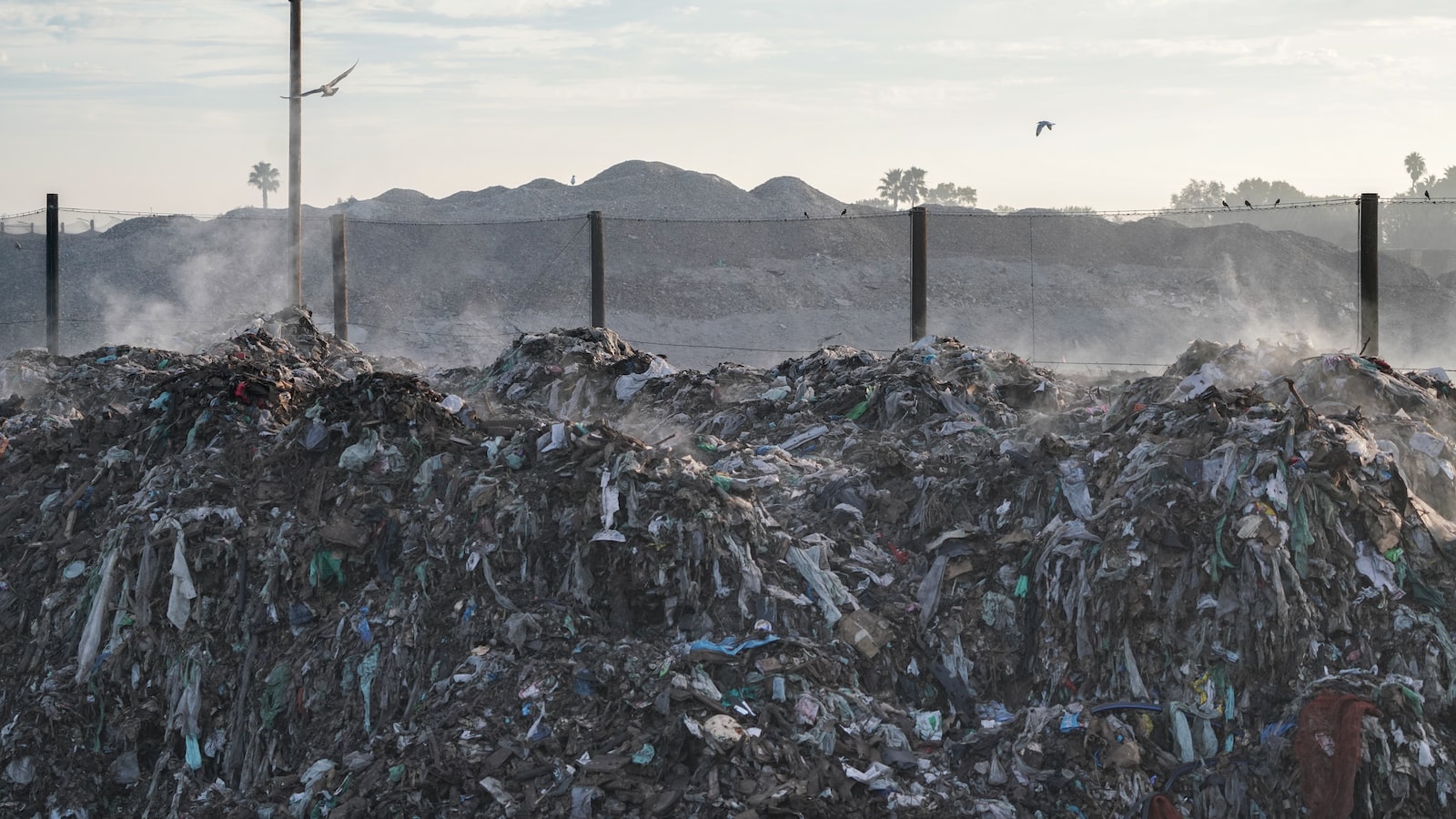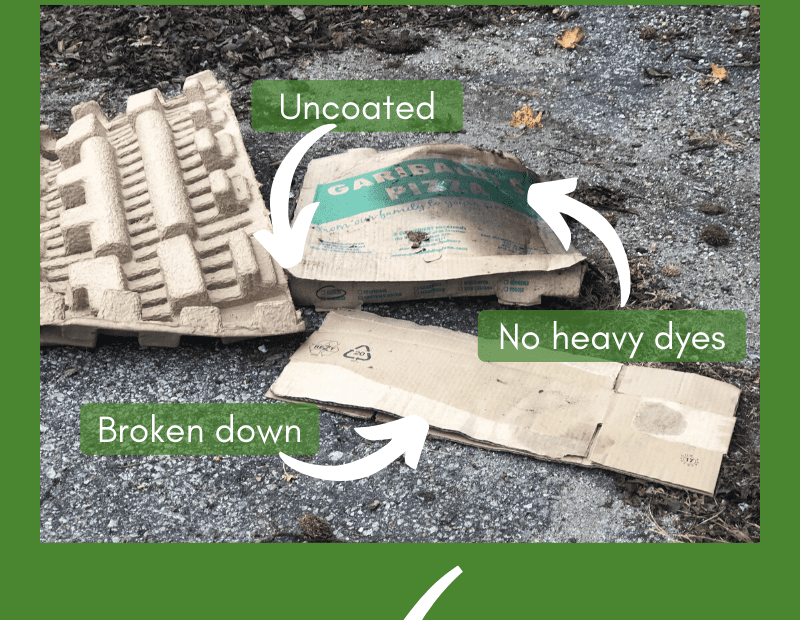Crunch, crackle, pop! The dawn breaks, and the sun stretches its rays through the kitchen window. As we shuffle with half-closed eyes into our breakfast routine, one question suddenly dances across our minds like a sugar-coated ballerina: Can cereal boxes be composted? In the era of eco-consciousness, where composting is no longer a mere trend but a lifestyle, it’s time we dive deep into this cardboard conundrum. With a spoonful of curiosity and a bowl full of creativity, let’s embark on a neutral exploration to uncover the secrets hidden within those humble cereal box walls. Welcome to a world where breakfast meets sustainability, and every crumb counts!
Analyzing the compostability of cereal boxes
Cereal boxes have long been a staple in our kitchens, but have you ever wondered if they are compostable? Well, the answer might surprise you! When it comes to composting, not all cereal boxes are created equal. While some boxes are made from materials that can easily break down in a compost pile, others may contain elements that are not biodegradable. So, how do you determine whether your cereal box can be composted? Let’s dive into the details!
One of the first things to consider is the type of packaging used for your cereal box. Some companies have started using eco-friendly materials such as recycled paper or cardboard, which can be composted. These boxes often have a stamp or label indicating their compostability. However, it’s important to note that even if a box is labeled as compostable, it may still have elements such as plastic liners or laminations that cannot be composted. Therefore, it’s essential to check the packaging carefully to make an informed decision.
In order to help you better understand the compostability of cereal boxes, here is a handy table outlining some key features and tips:
| Features | Tips |
|---|---|
| Recycled paper or cardboard | Look for boxes made from these materials, as they are more likely to be compostable. |
| Compostable label | If the box is labeled as compostable, it’s a good sign, but remember to check for any non-compostable elements. |
| Absence of plastic liners or laminations | Avoid boxes with these elements, as they cannot be composted and may contaminate your compost pile. |
By considering these features and tips, you can make a more informed decision about the compostability of your cereal boxes. Remember, composting is not only great for the environment but also a fantastic way to reduce waste and nourish your garden. So, next time you reach for a box of cereal, take a moment to analyze its compostability and make a sustainable choice!

Exploring the composition of cereal boxes and their impact on composting
Can Cereal Boxes be Composted?
When it comes to a sustainable lifestyle, composting is an essential practice that helps reduce waste and gives back to the environment. But what about cereal boxes? These ubiquitous cardboard containers that hold our favorite breakfast cereals may seem like they should be compostable, but they often contain components that make the composting process more challenging. Let’s dive into the composition of cereal boxes and explore their impact on composting.
Cereal
0D; boxes are typically made from a combination of different materials, including cardboard, paper, and plastic coatings. While the cardboard component is compostable, the plastic layer inside the boxes can pose a challenge. The plastic coating, often used for waterproofing purposes and to preserve the freshness of the cereal, does not break down in the composting process. This means that simply tossing the entire cereal box into the compost bin might not yield the desired results.| Features & Tips | |
|---|---|
| 1. | Avoid glossy or laminated cereal boxes as they may have additional non-biodegradable coatings that are detrimental to composting. |
| 2. | Remove any plastic liners or packaging materials from the cereal box before composting. |
| 3. | Shred or tear the cardboard component of the cereal box into smaller pieces to aid in the composting process. |
| More Tips! | |
|---|---|
| 4. | Consider using a compostable alternative, such as eco-friendly cardboard containers or reusable storage options, for your cereal instead. |
| 5. | If you have a large amount of cereal boxes, consider recycling them instead of composting, as recycling cardboard is a more viable option. |
| 6. | If composting cereal boxes, mix them well with other organic matter, such as food scraps or yard waste, to help break down the non-compostable portions. |

Guidelines for composting cereal boxes and reducing environmental waste
Have you ever wondered if cereal boxes can be composted? The short answer is yes! By composting your cereal boxes, you can reduce environmental waste and give them a second life as nutrient-rich soil for your plants. However, there are a few guidelines you should follow to ensure successful composting and minimize any negative impact on the environment.
Firstly, &#
x2064;it’s important to remove any plastic liners or inserts from the cereal boxes before composting them. These non-biodegradable elements can contaminate the compost pile and take a long time to decompose. After removing the liners, you can tear the boxes into smaller pieces to accelerate the decomposition process.Features and Tips:
| Feature/Tips | Description |
|---|---|
| Biodegradability | Cereal boxes are made from cardboard, which is a biodegradable material that can easily break down in a compost pile. |
| Ink and Coatings | Check if the cereal boxes are printed using non-toxic, soy-based ink and free from glossy or metallic coatings, as these can slow down the composting process. |
| Avoid Contamination | Ensure that the cereal boxes are clean and free from the remnants of food or other contaminants before adding them to the compost pile. |
Remember, composting cereal boxes is not only an excellent way to reduce waste but also contributes to creating nutrient-rich soil for your plants. By following these guidelines and considering the features and tips provided, you can make a positive impact on the environment while enjoying your delicious breakfast cereal!


